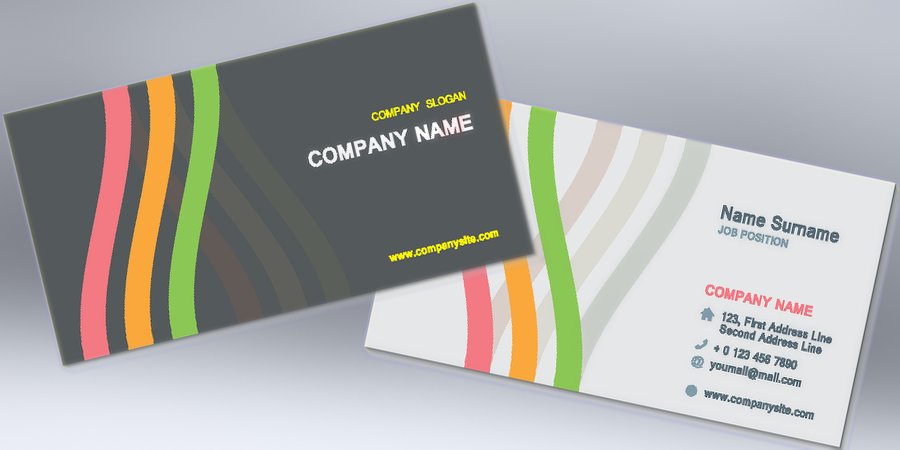Execute action upon listbox column resizing
The event On Column Resize is now triggered “live” during the resizing of the list boxes as long as the user modifies the column widths (previously, it was generated only once, at the end of the resizing).
Thanks to this feature, 4D programmers will have the opportunity to create live and responsive interfaces based on the actual width of columns!
Use Unicode for texts in forms
In 4D v16 the texts for all the form objects (static texts, buttons, check boxes, etc…) will be stored in Unicode, allowing you to use characters from different languages directly in the form editor.
Especially for Asian or Eastern European languages this will ease the development process.
New “On mouse up” event for picture object
In 4D v16, you now have a new “On Mouse Up” event for non-draggable picture object!
This feature will provide you with an easy and notice way to draw and/or move SVG objects easily, removing the need for tricks as “SET TIMER(1)” to detect that the mouse button has been released.
4D Write Pro: print a form and store documents in the database
I’m pleased to present you two new features for 4D Write Pro available with 4D v15 R3.
It’s now possible:
- To print a form containing a 4D Write Pro area.
- To store 4D Write Pro documents in the database directly in an object field.
Label Editor has been redesigned
4D v15 R2 includes the first preview version of the redesigned Label Editor which is fully implemented in 4D code.
The new dialog is available in the 4D Developer Edition 64-bit versions (Win & Mac). It can be accessed through the Tools>Labels menu.
Create flexible UIs using 4D View Pro
Easily create flexible and powerful UIs, dialogs and widgets with 4D View Pro! To know more about 4D View Pro, check out this blog post.
This feature is a powerful enhancement for the listbox object, providing you with a mean to define very flexible UIs. An array of objects can now be associated with the column of a listbox so that each cell can have different types of widgets according to the type of data to be displayed.
Contact us
Got a question, suggestion or just want to get in touch with the 4D bloggers? Drop us a line!
* Your privacy is very important to us. Please click here to view our Policy






